The piano, often revered as the king of musical instruments, owes much of its expressive power to the intricate mechanics hidden beneath its polished exterior. At the heart of this complexity lies the action mechanism, a marvel of engineering that translates the pianist's touch into sound. Among the many technical limitations that define the instrument's capabilities, one stands out as particularly fascinating: the 12-times-per-second mechanical limit of the piano action. This physical constraint shapes everything from virtuosic passagework to the very composition of piano music itself.
To understand why this limit matters, we must first examine how piano actions function. When a key is pressed, a series of levers and springs propel a felt-covered hammer toward the strings. After striking, the hammer must immediately rebound to allow for rapid repetition. The entire process—from key depression to hammer return—must occur flawlessly for the note to speak clearly. Modern grand piano actions have been refined over centuries to achieve remarkable speeds, but physics ultimately dictates their maximum performance.
The 12 Hz limitation emerges from several interacting factors. Felt compression in the hammer creates necessary bounce-back time, while the mass of moving parts resists instantaneous redirection. Action regulation specialists note that even in perfectly maintained concert grands, attempting to exceed this threshold causes notes to fail—either through insufficient hammer travel or what technicians call "blocking," where the mechanism literally cannot reset fast enough. This creates an absolute speed barrier that separates physically possible playing from impossible notation.
Historical context reveals how this mechanical reality influenced musical development. Early piano makers like Cristofori struggled with actions that couldn't manage half of modern repetition speeds. As composers pushed technical boundaries—from Clementi's studies to Liszt's transcendental etudes—instrument builders responded with innovations like double escapement. Yet even today's most advanced actions, including those with carbon fiber components, still hover near the same fundamental limit. The 12 Hz ceiling isn't a failure of engineering, but rather a testament to how thoroughly inventors have optimized this technology.
Contemporary performers encounter this limit in fascinating ways. Fast passages in works by Rachmaninoff or Prokofiev often approach the action's maximum capacity, requiring careful fingering to distribute notes across the mechanism's recovery time. Some avant-garde compositions deliberately incorporate "impossible" repetitions as conceptual elements, letting the piano's mechanical resistance become part of the musical statement. Jazz pianists exploit the threshold creatively, using near-limit repetitions to build tension before resolving into slower, blues-inflected phrases.
The implications extend beyond performance into piano design and maintenance. Regulators must balance repetition speed against other qualities like touch weight and aftertouch—push the action too close to its mechanical limit, and the piano loses expressive nuance. Some manufacturers experiment with alternative materials or magnetic assistance, but these innovations often sacrifice the acoustic piano's characteristic touch. The 12 Hz standard persists because it represents an optimal compromise between speed and musicality, a sweet spot honed through generations of craftsmanship.
Digital pianos theoretically could surpass this limitation, but most deliberately emulate it. Manufacturers recognize that removing the mechanical ceiling would create instruments feeling unnaturally responsive to trained pianists. This reveals an essential truth: the piano's mechanical constraints aren't just barriers, but defining characteristics that give the instrument its unique voice. The very struggle against physical limits contributes to the piano's emotional power, as every note carries the weight of both human intention and mechanical reality.
Looking forward, the 12 Hz limit seems unlikely to change through conventional means. Radical redesigns might achieve faster repetition, but would they still produce what we recognize as piano sound and touch? Perhaps some boundaries exist not to be broken, but to focus creativity within meaningful constraints. After all, the piano's magic has always lived in that tension—between the infinite possibilities of music and the finite realities of hammers striking strings, twelve times per second at most.
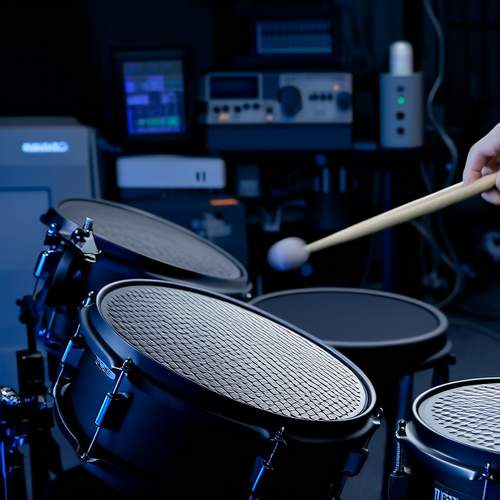
By /May 30, 2025
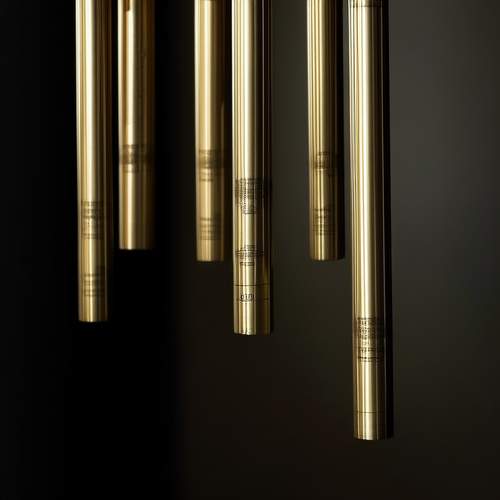
By /May 30, 2025
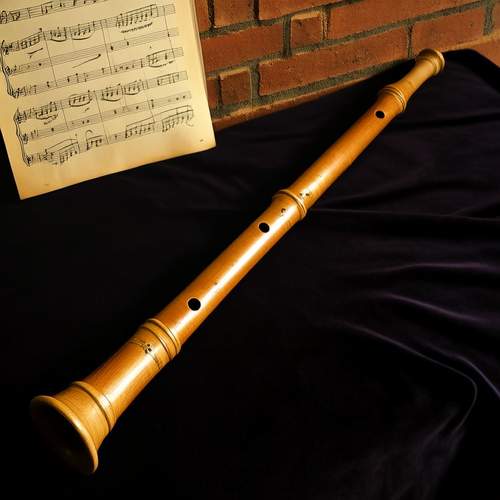
By /May 30, 2025
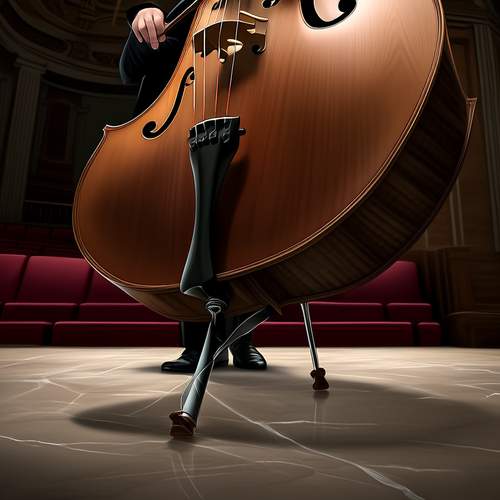
By /May 30, 2025
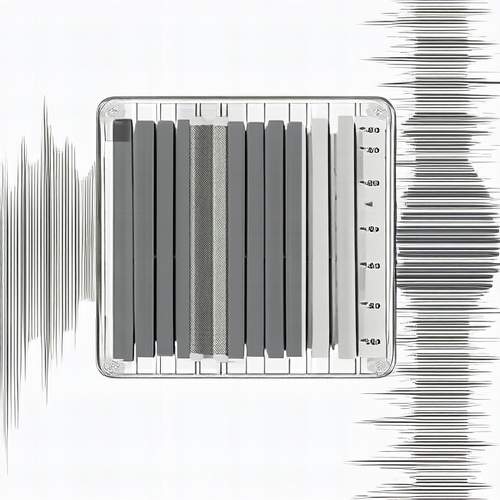
By /May 30, 2025

By /May 30, 2025

By /May 30, 2025

By /May 30, 2025
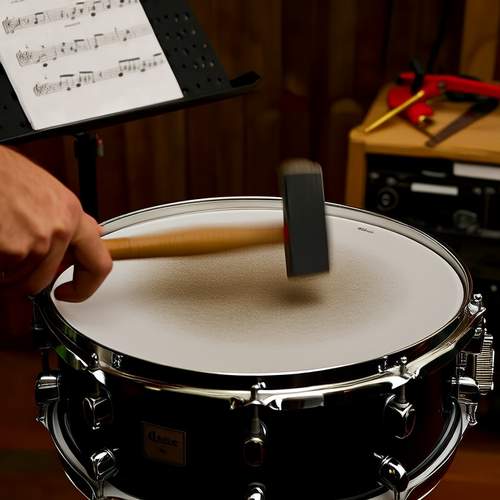
By /May 30, 2025
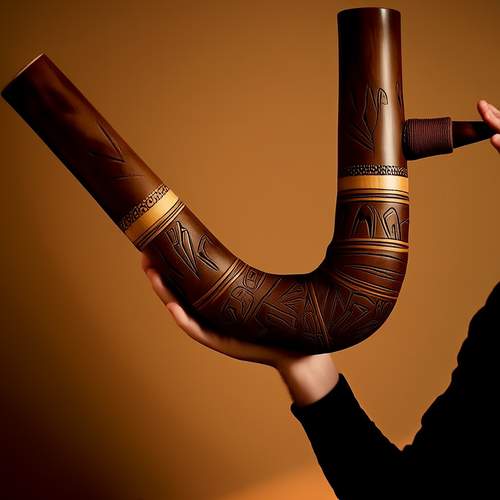
By /May 30, 2025

By /May 30, 2025

By /May 30, 2025

By /May 30, 2025

By /May 30, 2025
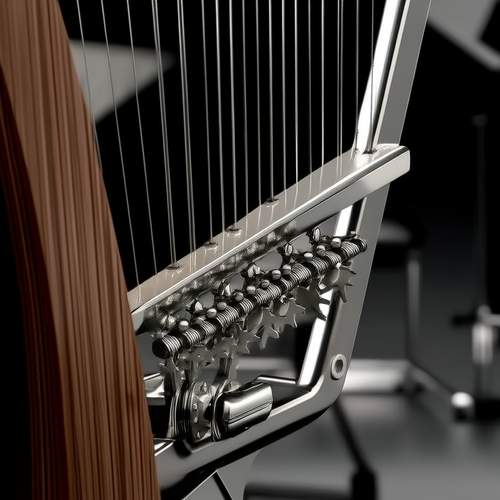
By /May 30, 2025

By /May 30, 2025
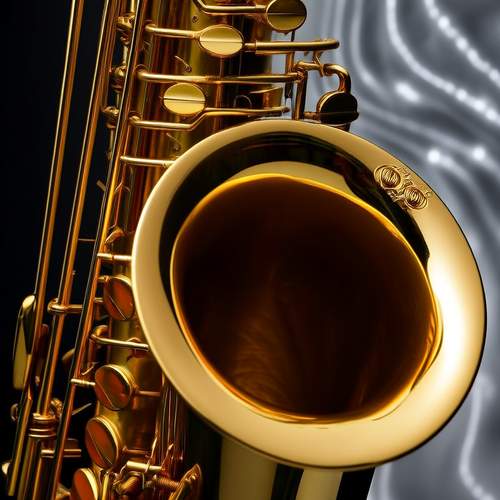
By /May 30, 2025
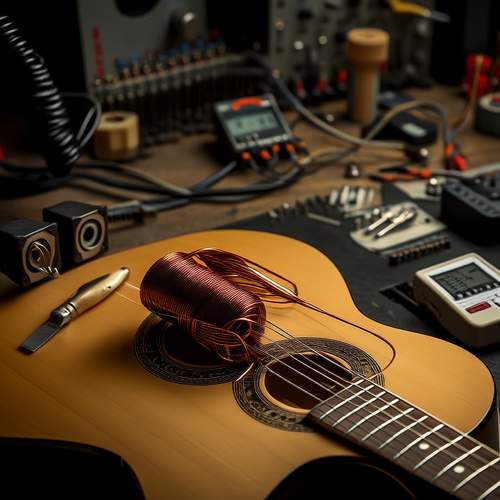
By /May 30, 2025
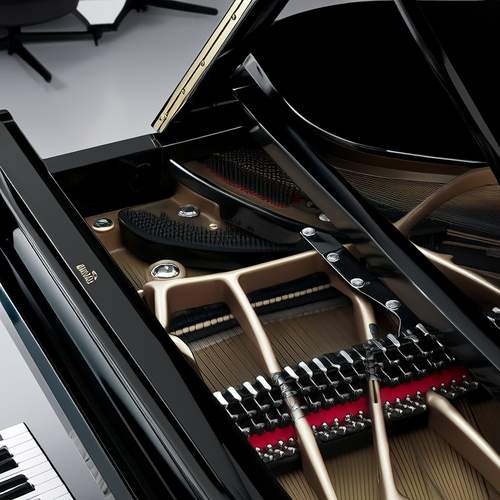
By /May 30, 2025
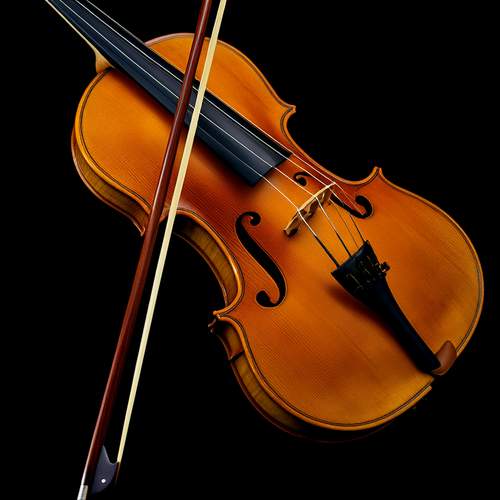
By /May 30, 2025